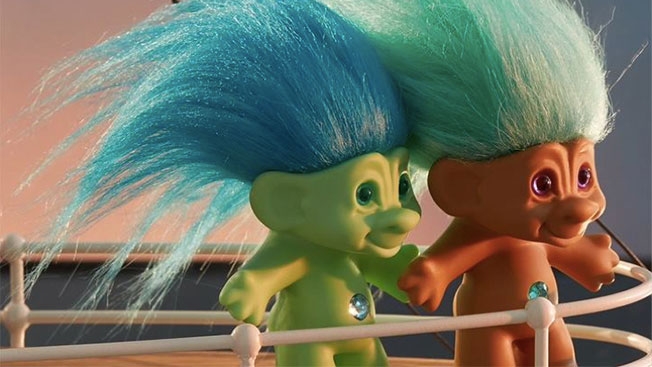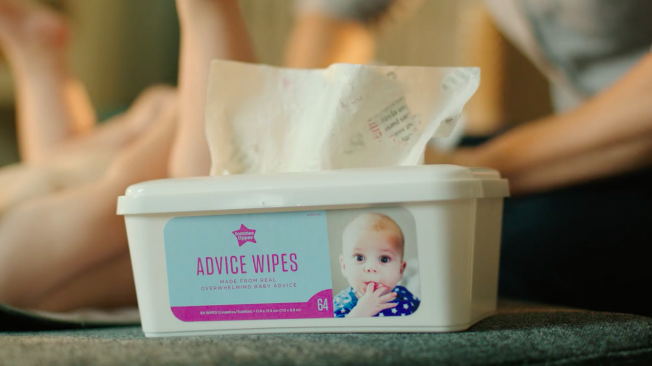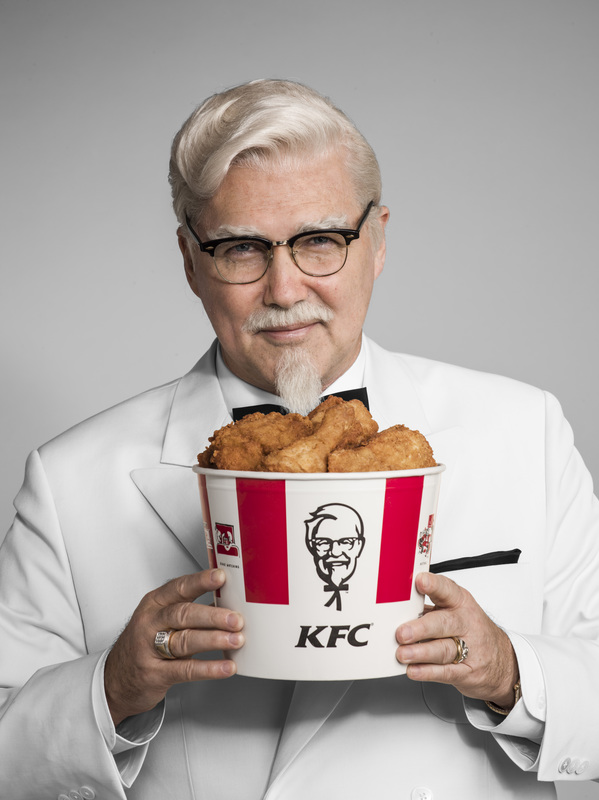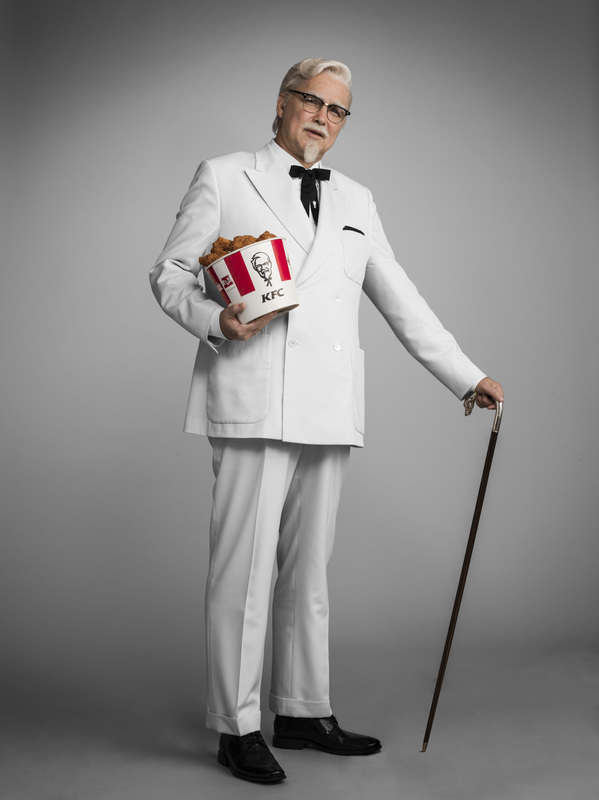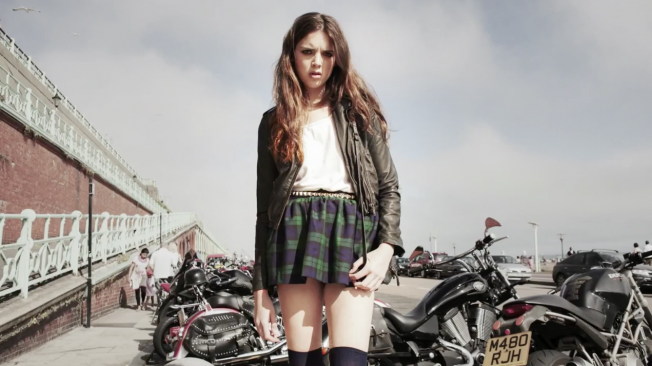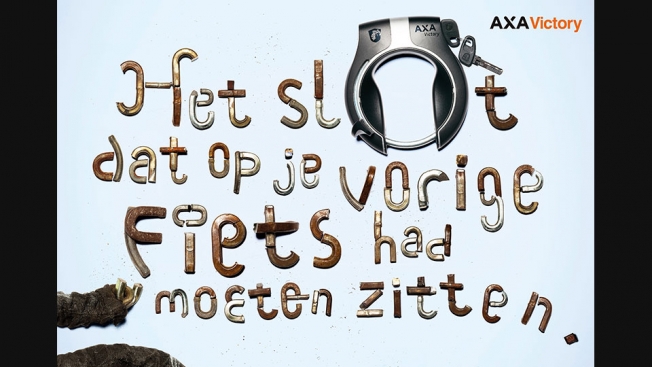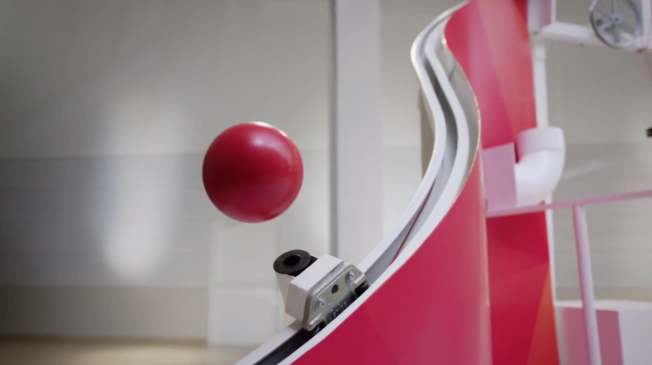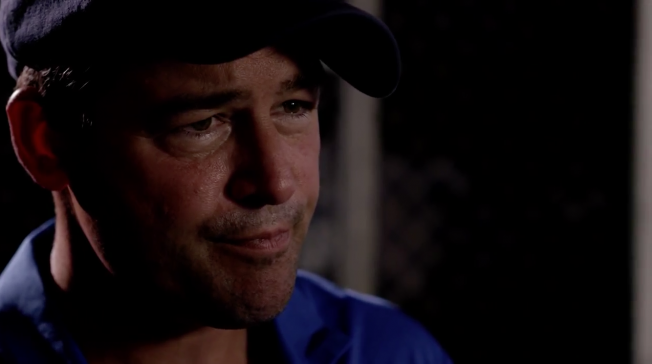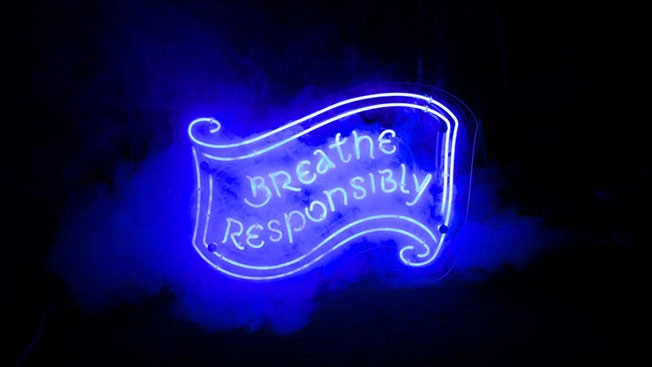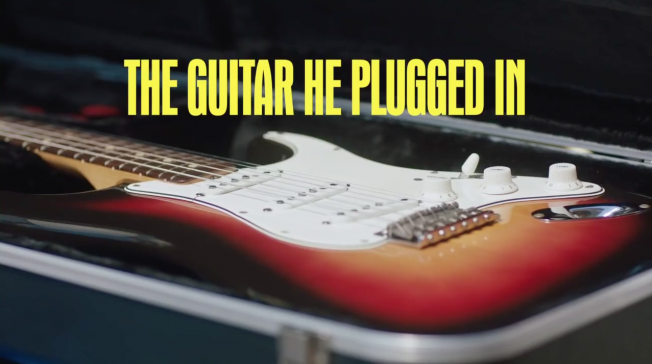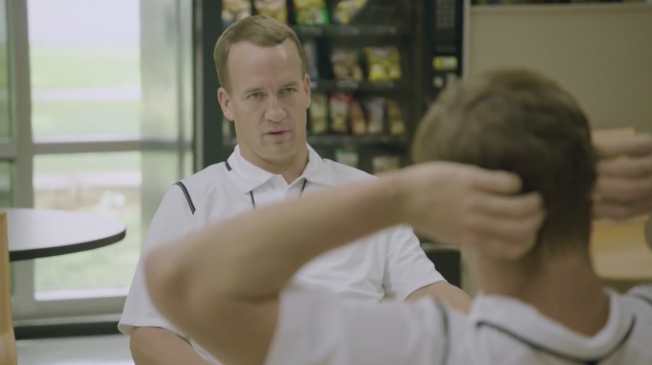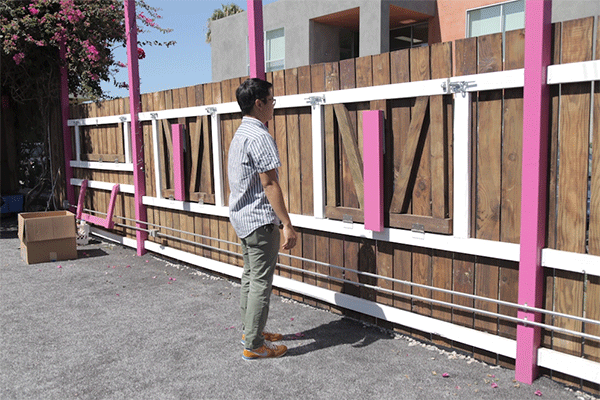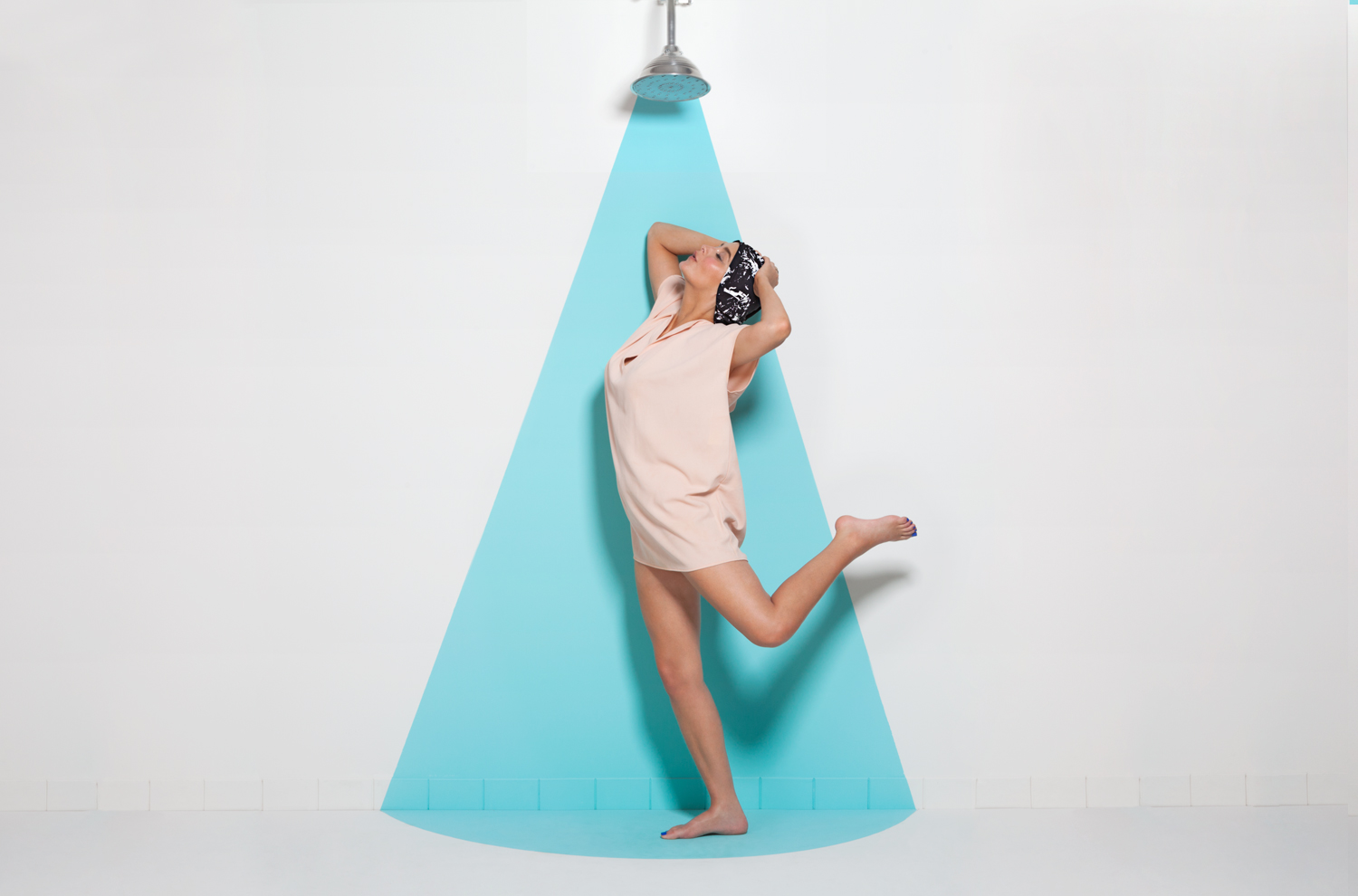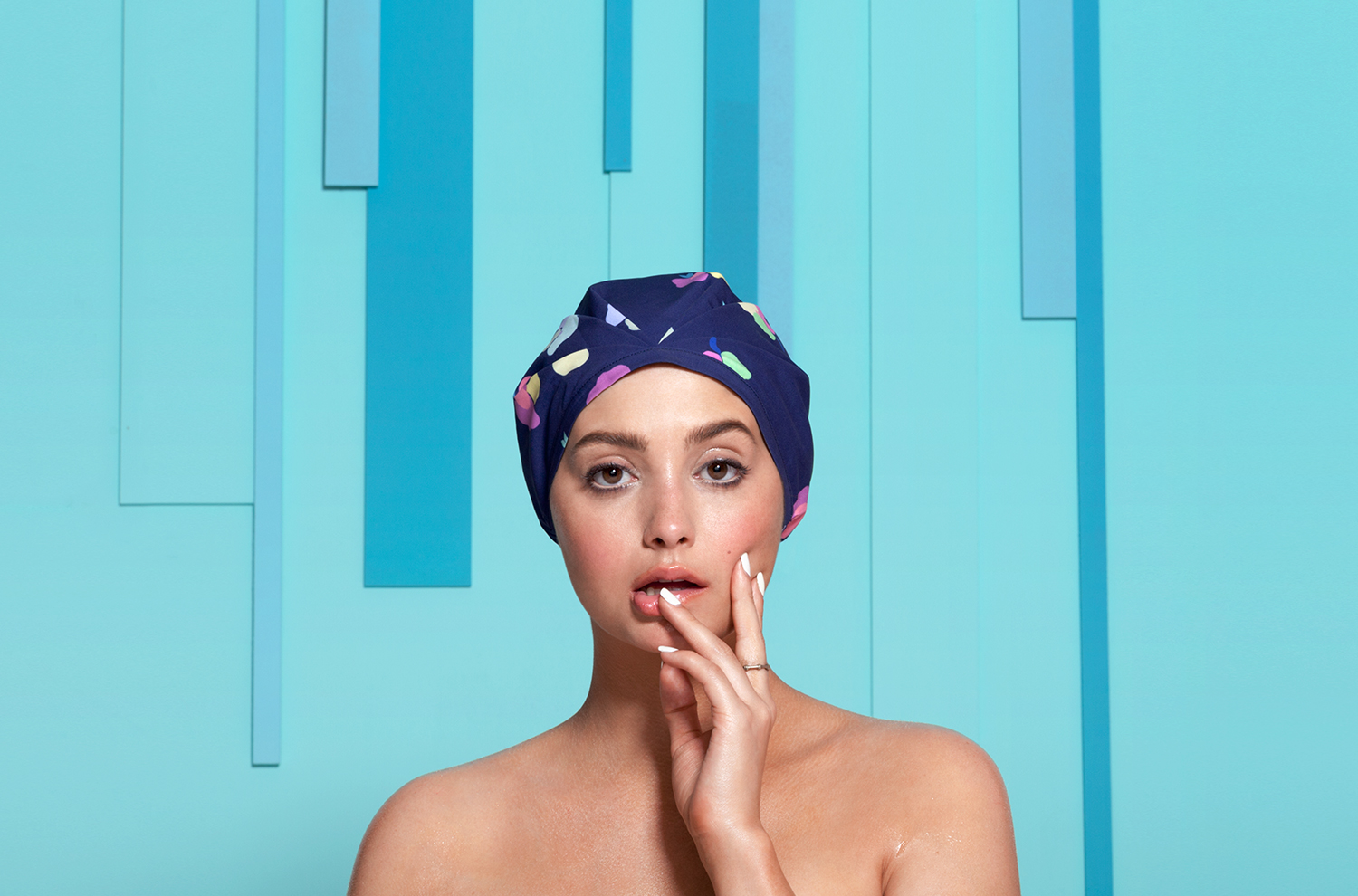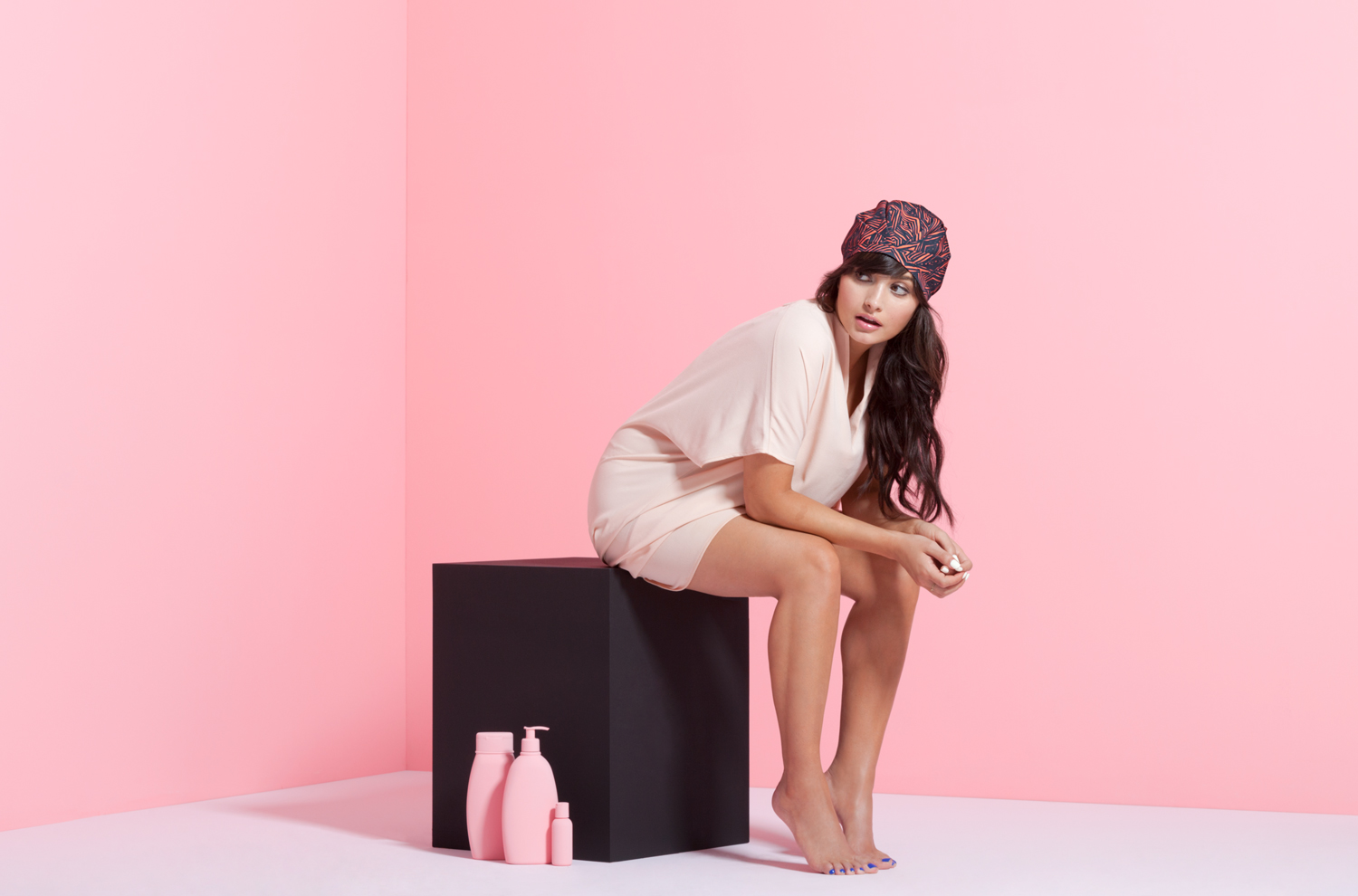![]()
Darrell Hammond out, Norm Macdonald in.
Wieden + Kennedy shook up the musty image of Col. Harland Sanders in its first work for KFC back in May, with Hammond being memorably off-kilter—both reverent and tongue-in-cheek—as the chicken chain's founder. But now, the campaign gets even more ambitious in its oddness, and stakes much more meta territory, by replacing Hammond with Norm Macdonald, who claims in four new ads that Hammond was an imposter.
Check out the spots here, which sell the new $20 Family Fill Up meal:
The campaign risks being confusing by swapping in one former Saturday Night Live star for another. But KFC is clearly embracing the idea of keeping viewers off balance as a way of commanding their attention, even if it means polarizing them.
Macdonald, whose style of humor has always veered toward the self-conscious, gives an amusingly knowing performance, even offering a little shrug when he says he's the "real Colonel Sanders," as if to acknowledge the whole charade is a bit ridiculous. That vibe extends to the stock quotes in the press release.
"Other than not quite looking like him, his voice being different, and his inability to cook the world's best chicken, we thought Norm was the perfect choice to play the Real Colonel. I think the fans will agree," says Kevin Hochman, chief marketing officer for KFC U.S.
And yet, while taking the founder down a notch, KFC also continues to raise him up.
"I was blown away when I learned that Colonel Sanders didn't even start KFC until he was 65. That's a whole lot of legend to fit into a couple decades, and it takes a strong work ethic, the kind you don't see every day, to do it like he did," Macdonald says in the press release. "He never gave up, never accepted less than the best and never held back an opinion. Plus he looks great in white."
It's a curious mix of serious and smart-alecky, and clearly not to everyone's taste. But Greg Creed, CEO of KFC parent company Yum! Brands, said at a conference in May that it's better to provoke people than have no effect on them at all.
"So far the response has been about 80 percent positive, 20 percent hate it," he said at the time of the Hammond work, according to Food Business News."But you know what? That's better than 100 percent being indifferent. And that really is what's important … we had lost relevance in the U.S.—60 percent of millennials had not eaten KFC."
He added: "I am actually quite happy that 20 percent hate it, because now they at least have an opinion. They're actually talking about KFC, and you can market to love and hate; you cannot market to indifference."
So, if you hate Norm's ads, that's OK. KFC won't mind a bit.
![]()
![]()
CREDITS
Client: KFC
Agency: Wieden + Kennedy, Portland, Ore.
Creative Directors: Eric Baldwin / Karl Lieberman
Copywriter: Jon Marshall
Art Director: Helen Rhodes
Producer: Jennie Lindstrom / Endy Hedman
Social Strategy: John Dempsey
Strategic Planning: Britton Taylor / Lizzie Hanner / Matt Hisamoto
Media/Comms Planning: Alex Barwick
Account Team: Jess Monsey / Jesse Johnson / Andrie Wheeler
Business Affaires: Connery Obeng
Project Management: Chenney Gruber
Executive Creative Directors: Joe Staples / Mark Fitzloff
Head of Production: Ben Grylewicz
Production Company: Smith & Jones Films
Director: Ulf Johansson
Executive Producer: Philippa Smith
Line Producer: Justine Madero
Director of Photography: Andrejz Sekula
Editorial Company: Joint
Editor: Steve Sprinkel
Post Producer: Lauren Pullano
Post Executive Producer: Leslie Carthy
VFX Company: The Mill
VFX Supervisor: Phil Crowe
Flame Artist: John Shirley
VFX Producer: Anastasia von Rahl
Titles/Graphics:
Sound Company: Barking Owl
Sound Designer: Michael Anastasi
Producer: Kelly Bayett
Mix Company: Lime
Mixer: Loren Silber
Producer: Susie Boyajan
